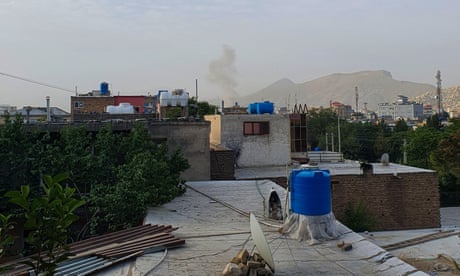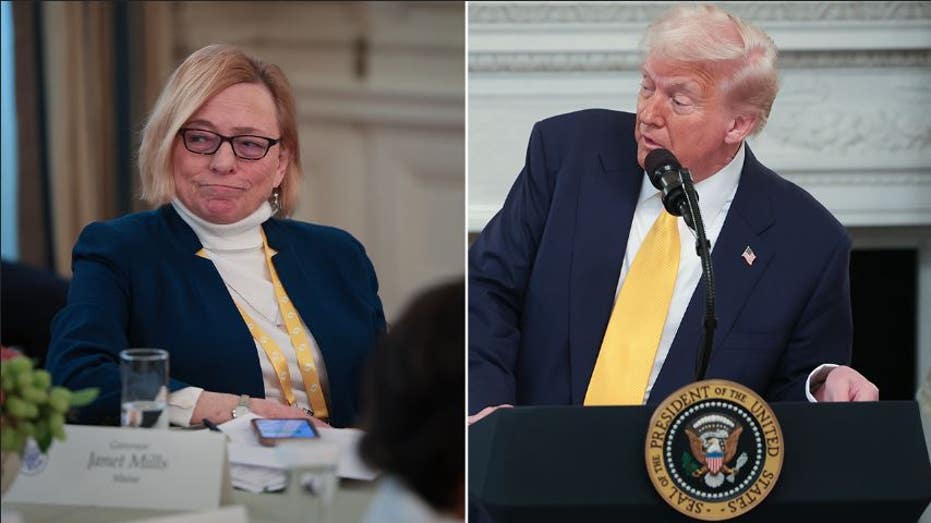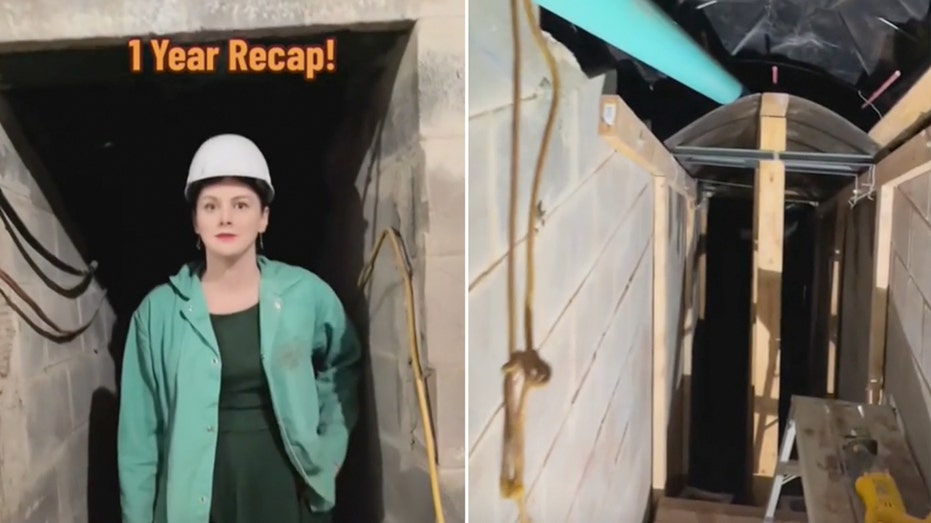- by foxnews
- 15 Mar 2025
How Ayman al-Zawahiri’s ‘pattern of life’ allowed the US to kill al-Qaida leader
How Ayman al-Zawahiri’s ‘pattern of life’ allowed the US to kill al-Qaida leader
- by theguardian
- 03 Aug 2022
- in news

In the end it was one of the oldest mistakes in the fugitive's handbook that apparently did for Ayman al-Zawahiri, the top al-Qaida leader killed, according to US intelligence, by a drone strike on Sunday morning: he developed a habit.
The co-planner of the 9/11 attacks on New York and Washington in 2001 had acquired a taste for sitting out on the balcony of his safe house in Sherpur, a well-to-do diplomatic enclave of Kabul. He grew especially fond of stepping out on to the balcony after morning prayers, so that he could watch the sun rise over the Afghan capital.
According to a US official who briefed reporters on Monday, it was such regular behavior that allowed intelligence agents, presumably CIA, to piece together what they called "a pattern of life" of the target. That in turn allowed them to launch what the White House called a "tailored airstrike" involving two Hellfire missiles fired from a Reaper drone that are claimed to have struck the balcony, with Zawahiri on it, at 6.18am on Sunday.
It was the culmination of a decades-long hunt for the Egyptian surgeon who by the time he was killed had a $25m bounty on his head. Zawahiri, 71, was held accountable not only for his part as Bin Laden's second in command for 9/11, with its death toll of almost 3,000 people, but also for several other of al-Qaida's most deadly attacks, including the suicide bombing of the USS Cole in Yemen in October 2000, which killed 17 US sailors.
The mission to go after the al-Qaida leader was triggered, US officials said, in early April when intelligence sources picked up signals that Zawahiri and his family had moved off their mountainside hideaways and relocated to Kabul. Following the Taliban's return to power in Afghanistan last August, and with the support of the Haqqani Taliban network, Zawahiri and his wife, together with their daughter and grandchildren, had moved into the Sherpur house.
In their telling of events, US officials were at pains to stress that under Joe Biden's instructions the mission was carried out carefully and with precision to avoid civilian casualties. The US president was first apprised of Zawahiri's whereabouts in April, and for the next two months a tightly knit group of officials delved into the intelligence and devised a plan.
A scale model of the Sherpur house was built, showing the balcony where the al-Qaida leader liked to sit. As discussions about a possible strike grew more intense, the model was brought into the situation room of the White House on 1 July so that Biden could see it for himself.
The president "examined closely the model of al-Zawahiri's house that the intelligence community had built and brought into the White House situation room for briefings on this issue", a senior administration official told reporters.
The White House made further claims to bolster its argument that the attack was lawful, flawless and with a loss of life limited to Zawahiri alone. Officials said that engineers were brought in to analyse the safe house and assess what would happen to it structurally in the wake of a drone strike.
Lawyers were similarly consulted on whether the attack was legal. They advised that it was, given the target's prominent role as leader of a terrorist group.
Biden, by now quarantined with Covid, received a final briefing on 25 July and gave the go-ahead. It was a decision in stark contrast to the advice he gave Barack Obama in May 2011 not to proceed with the special forces mission that killed Bin Laden in a raid on his safe house in Abbottabad, Pakistan.
On Monday evening, Biden stood on his own balcony - this one in the White House with the Washington Monument and Jefferson Memorial as his backdrop - to address the nation.
"I authorized the precision strike that would remove him from the battlefield once and for all," Biden said. "This measure was carefully planned, rigorously, to minimize the risk of harm to other civilians."
Biden's insistence that no one other than the al-Qaida leader was killed in the attack was amplified repeatedly by US officials. The narrative given by the White House was that Zawahiri was taken out cleanly through the application of modern technological warfare.
Skepticism remains, despite the protestations. Over the years drone strikes have frequently proved to be anything but precise.
In August last year one such US drone strike in Kabul was initially hailed by the Pentagon as a successful mission to take out a would-be terrorist bomber planning an attack on the city's airport. It was only after the New York Times had published an exhaustive investigation showing that the strike had in fact killed 10 civilians, including an aid worker and seven children, that the US military admitted the mission had gone tragically wrong.
Perhaps mindful of the doubts that are certain to swirl around the Zawahiri killing for days to come, the White House said that the Sherpur safe house where the drone strike happened had been kept under observation for 36 hours after the attack and before Biden spoke to the nation. Officials said that Zawahiri's relatives were seen leaving the house under Haqqani Taliban escort, establishing that they had survived the strike.
- by foxnews
- descember 09, 2016
Neighbors react as viral 'Tunnel Girl' granted permit to continue digging massive bunker under home
"Tunnel Girl" in Herndon, Virginia, "finally" got her tunnel project approved after pausing the project due to a potential violation. Locals and social media users react.
read more


